Hinduism is a diverse and complex religious and cultural tradition that originated in the Indian subcontinent. It is one of the oldest religions in the world and has no single founder or central authority. Instead, it encompasses a wide range of beliefs, practices, rituals, and philosophies that have evolved over thousands of years.
Hinduism is characterized by a belief in dharma. The moral and ethical duties and responsibilities that individuals must uphold in their lives. It also encompasses the concepts of karma, the law of cause and effect, and samsara, the cycle of birth, death, and rebirth.
Bali and India are two counties very different from each other but the common factor which ties these two countries to each other is the practice of Hinduism. The worship of God like Shivji, Brahmaji are quite common in Bali. In Bali almost 83% of the total population follows Hinduism.
Let’s see some differences in practices of Hinduism in India and Bali.
Hinduism in Bali vs Hinduism in India
Hinduism in Bali, Indonesia, and Hinduism in India have some similarities but also notable differences due to historical, cultural, and geographical factors.
1. Influence of Local Culture
Balinese Hinduism, also known as Agama Hindu Dharma has been shaped by the indigenous Balinese culture.
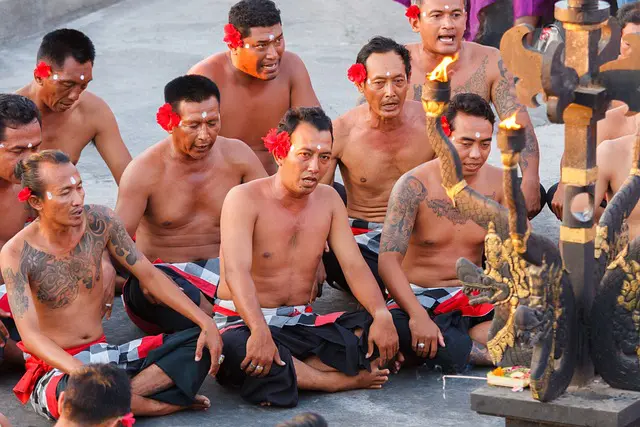
It incorporates elements from pre-Hindu animistic beliefs and practices, resulting in a unique blend.
The Balinese people have developed their own rituals, ceremonies, and religious festivals that differ from those in India.
2. Deity Worship
While both Balinese Hinduism and Hinduism in India worship a wide range of deities, the specific deities and their prominence may vary. In Bali, the Trimurti (Brahma, Vishnu, and Shiva) are considered manifestations of the supreme god, Sang Hyang Widhi Wasa. Additionally, deities such as Dewi Sri , the goddess of rice and fertility, and Barong, the protective spirit, hold significant importance in Balinese Hinduism.
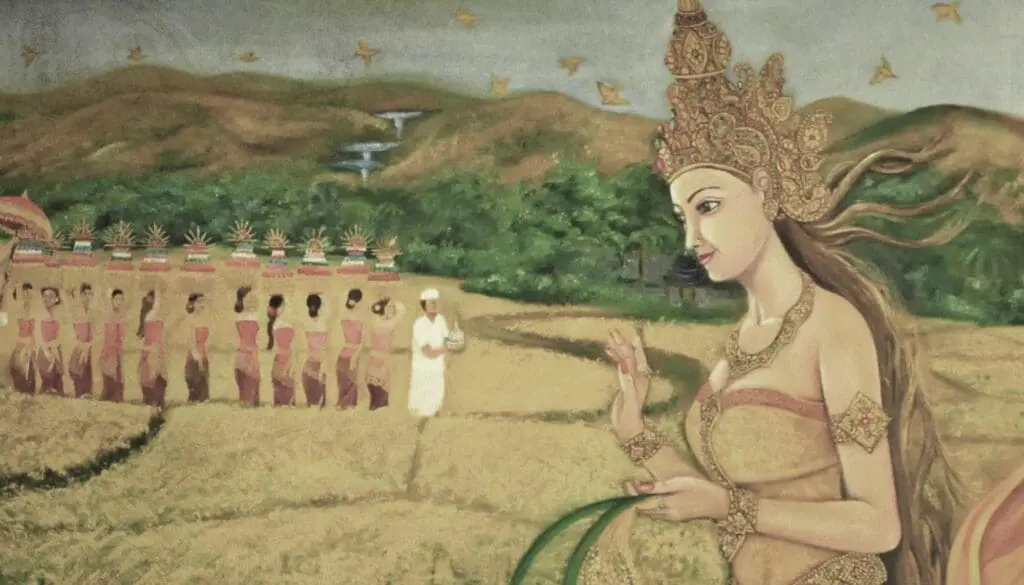
3. Rituals and Offerings
Balinese Hinduism places great emphasis on elaborate rituals and offerings.
The Balinese perform daily offerings called canang sari, which consist of flowers, food, and incense, placed in small palm leaf baskets.
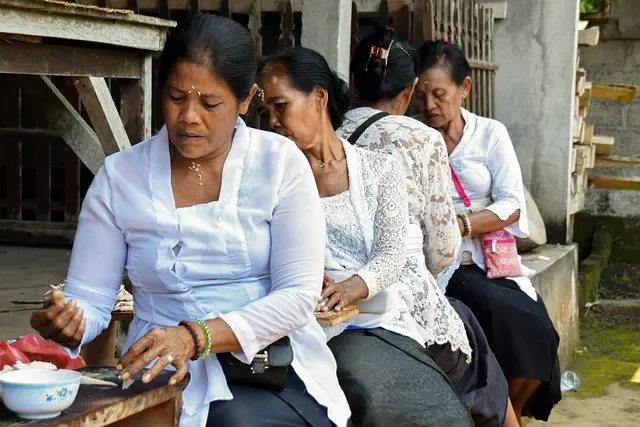
Temples are an integral part of Balinese Hinduism, and various rituals and ceremonies are conducted at these temples throughout the year.
4. Caste System
The caste system, prevalent in India, is not as prominent or strictly followed in Balinese Hinduism.
While social divisions exist in Bali, they are not based on the traditional four-tier caste system found in India.
5. Temples and Architecture
Balinese Hindu temples, known as puras, have distinct architectural styles and layouts.
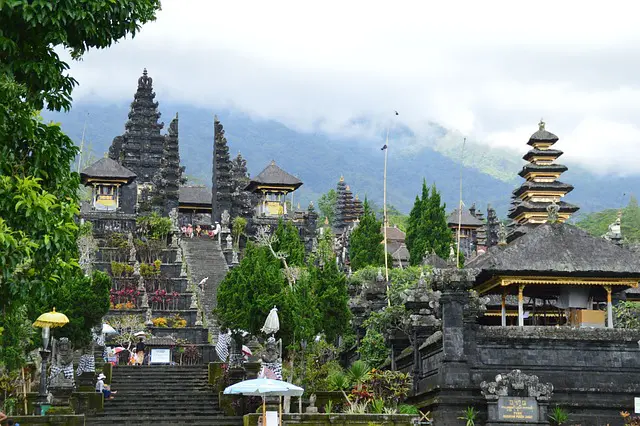
They often feature multiple courtyards and shrines, adorned with intricate carvings and vibrant colors. The temples are not only places of worship but also serve as cultural and social centers for the Balinese community.
6. Cultural Practices
Balinese Hinduism incorporates various cultural practices, such as traditional music, dance, and drama performances. These art forms are often intertwined with religious rituals and are considered offerings to the deities.
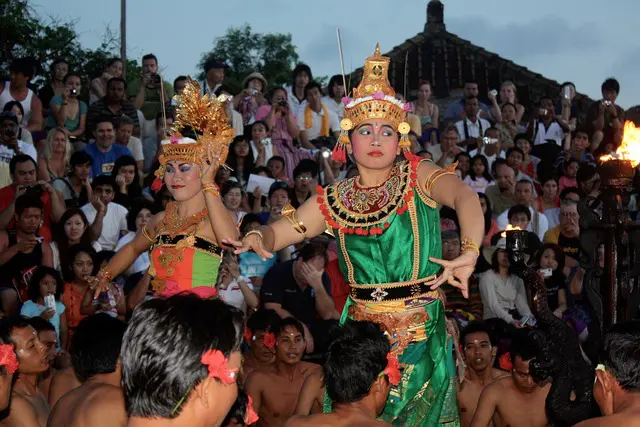
7. Influence of Buddhism
Balinese Hinduism has been influenced by Buddhism, particularly during the period when Buddhism was prevalent in Indonesia.
This influence can be seen in certain rituals, art forms, and philosophical concepts present in Balinese Hinduism.
Hinduism in India has had historical interactions with Buddhism, particularly during the time of Gautama Buddha. However, the influence of Buddhism on mainstream Hinduism in India is relatively limited compared to its impact on Balinese Hinduism.
8. Mythology
Balinese Hinduism has its own mythological beliefs that are distinct from those in India.
Balinese cosmology includes the concept of the tripartite world consisting of the upper world (gods and deities), middle world (humans), and lower world (demons and evil spirits).
Hindu cosmology in India encompasses a broader range of beliefs and mythological stories, including the concept of the triloka (three realms) of heaven (swarga), earth (bhumi), and underworld (patala).
9. Influence of Islam
The history of Islam in Bali has influenced the development of Balinese Hinduism. The island of Bali has been predominantly Hindu, even though it is part of Indonesia, the world’s most populous Muslim-majority country.
The influence of Islam in Bali can be seen in certain cultural practices and local adaptations.
While in India Islam had a significant impact on cultural or religious landscapes.
10. Practices Related to Death and Ancestors
Ancestor worship and rituals related to death play a significant role in Balinese Hinduism. The Balinese perform elaborate cremation ceremonies known as ngaben to honor and release the souls of the deceased.
And in India While ancestor worship and rituals related to death are present in Hinduism in India, the specific practices and ceremonies may vary across regions and communities.
Even with these differences both Balinese Hinduism and Hinduism in India share common philosophical and spiritual foundations, such as the concepts of dharma, karma, and moksha (liberation). Both traditions value the pursuit of knowledge, self-realization, and devotion to the divine.
Bali and India are two different countries with so much difference yet the belief of Hinduism unites these two countries like no other.
Both the country’s traditionshare common philosophical foundations, such as the concepts of dharma, karma, and liberation, but differ in specific rituals, cosmology, and the influence of other religions.
It is important to recognize and appreciate the diversity within Hinduism and the various ways it is practiced and interpreted across different regions and communities.
Also Read: Top 50 Best Bollywood Movies of All Time
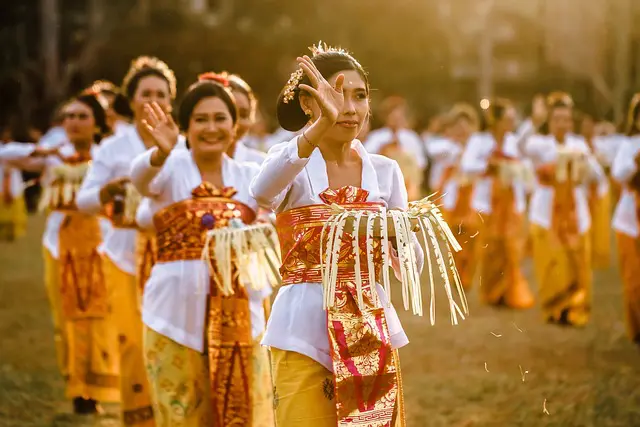
1 Comment